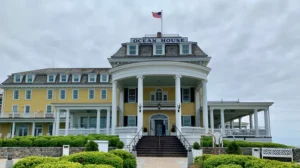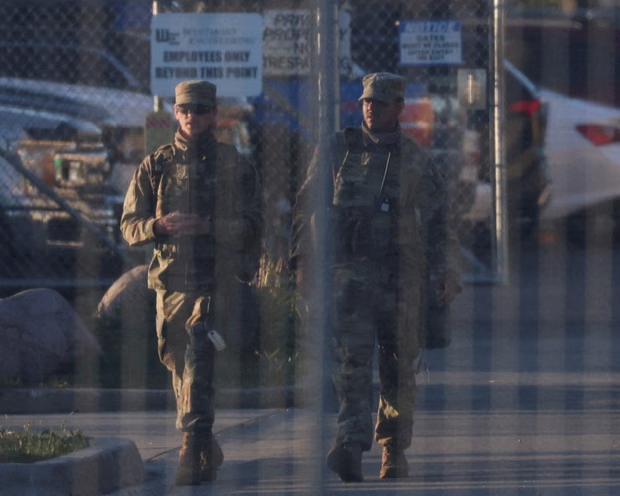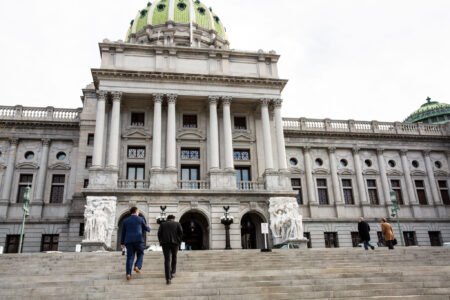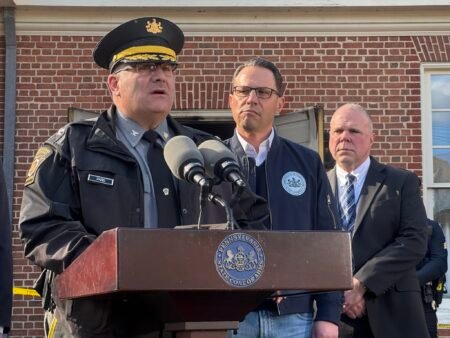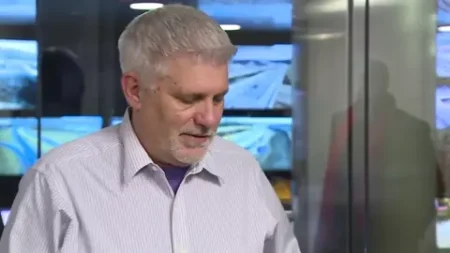The Trump administration asked the US Supreme Court on Friday to allow the deployment of National Guard troops in Illinois. The request comes as the president seeks to expand the use of military forces in more Democratic-led cities.
In an emergency filing, the Justice Department urged the court to overturn a lower court ruling that blocked several hundred National Guard troops from being sent to the Chicago area. The district judge questioned whether the administration’s reasons for sending troops were justified based on local conditions. A federal appeals court upheld the decision on Thursday, keeping the deployment on hold as the legal case moves forward.
Late Friday, US District Judge Sara Ellis ordered federal officers to use body cameras during immigration enforcement activities. Officers must turn on cameras during all public interactions. This follows an earlier temporary order requiring federal immigration officers to give warnings before using weapons like tear gas and to display visible identification. Ellis also called for federal immigration officials to attend a Monday hearing to explain how the order, in effect until November 6, is being implemented.
The administration’s solicitor general, D. John Sauer, said federal agents have been repeatedly “threatened and assaulted” in Chicago and the nearby suburb of Broadview, where an ICE detention center is located. Trump has already deployed National Guard units to Chicago and Portland, following earlier deployments to Los Angeles, Memphis, and Washington, DC. He argues that the military is needed to reduce unrest and support immigration enforcement.
Trump and his supporters have described these cities as dangerous and overwhelmed by violent protests, saying military intervention is necessary to restore order. Democratic officials strongly dispute these claims, saying the president exaggerates the threat for political reasons. Judges have also questioned the administration’s depiction of events. Local leaders say protests over immigration enforcement have been mostly small and peaceful, contradicting the president’s description of “war zone” conditions.
At the center of the legal dispute is Trump’s use of a federal law that allows the president to federalize the National Guard only in cases of rebellion or when “unable with the regular forces to execute the laws of the United States.” The administration insists troops are needed to protect federal property and officers from protesters. Earlier this month, Trump federalized 300 members of the Illinois National Guard and ordered additional Texas National Guard troops into the state.
Local leaders condemned the move. On October 8, Trump called for the arrest of Chicago’s mayor and the Illinois governor, accusing them of failing to protect immigration officers. Illinois and Chicago sued to stop the deployment. On October 9, district Judge April Perry, appointed by Joe Biden, issued a temporary injunction blocking the order.
Meanwhile, in Chicago, at least 11 people were arrested outside the Broadview ICE detention center after confrontations between Illinois state police and protesters. Reports show that US military veterans have also faced arrest and injury amid protests against Trump’s immigration and National Guard policies. The legal battle over the National Guard’s deployment in Illinois continues, highlighting the growing tension between federal authority and local leaders over law enforcement and public safety.



